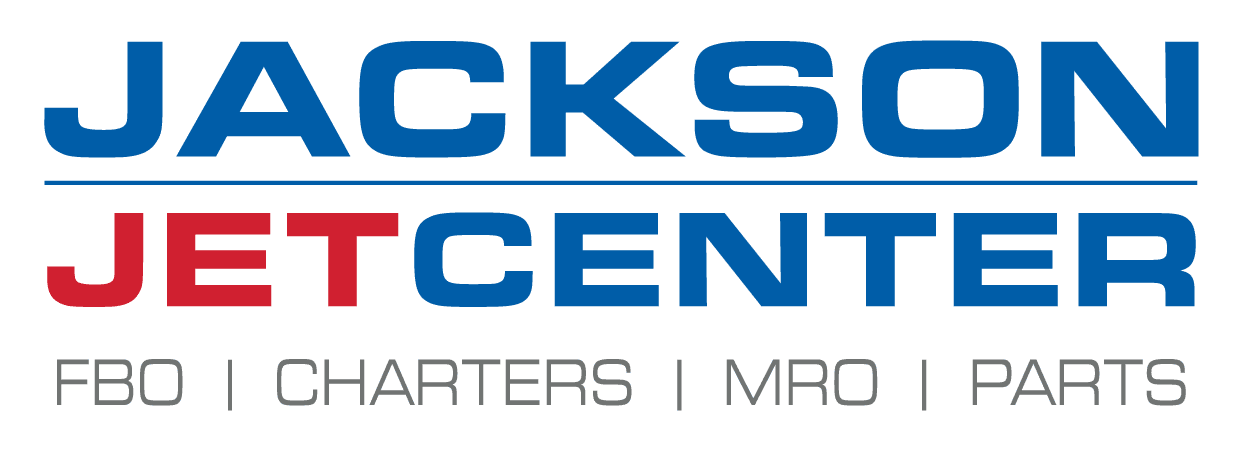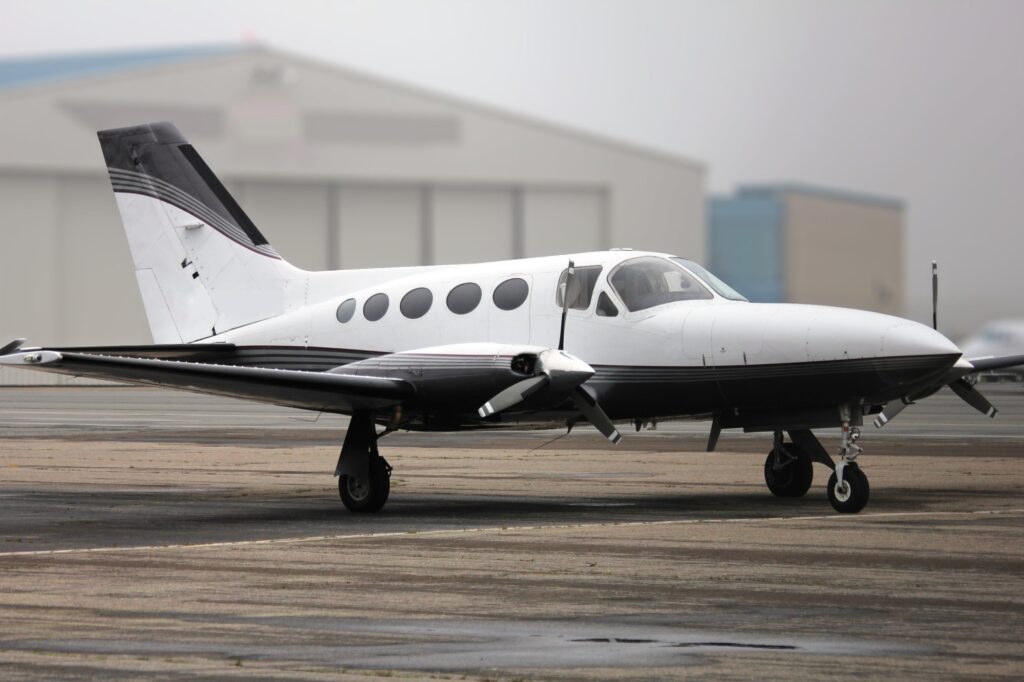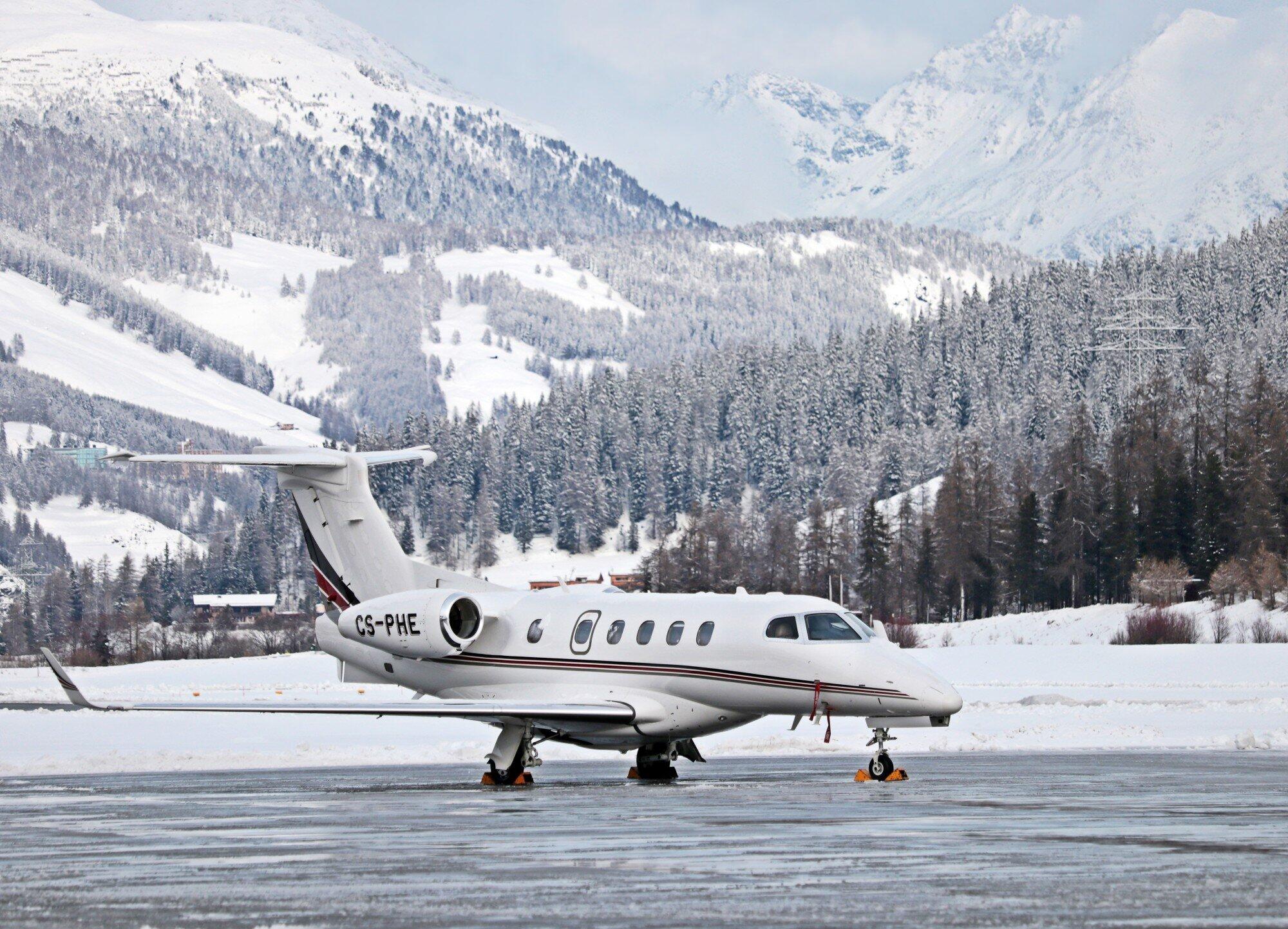An airplane that’s not maintained is a ticking time bomb: neither a safe place for you nor your passengers. For industry professionals managing Private Charter and Aviation, FBOs, and private terminals, the onus of ensuring flight safety falls squarely on your shoulders.
Welcome to your comprehensive guide to the maintenance of aircraft, where the stakes are as high as the altitudes you’ll be flying at. While it’s easy to get caught up in the day-to-day operations, managing customer relations, and optimizing profit margins, one thing you can’t afford to overlook is aircraft maintenance.
This guide offers a systematic approach to keeping your fleet airworthy and efficient. It’s not just about fixing things when they break; it’s about a culture of continuous care and vigilance that ensures your operations are not just effective but exemplary. Let’s delve into the specifics and make sure your aircraft are always ready for the skies, not languishing in repair bays.
Identifying Mechanical Problems
Being proactive is key when it comes to aircraft maintenance. The first step in this vigilant approach is to know how to spot mechanical problems before they escalate into major issues.
You don’t need to be an expert in avionics to notice when something isn’t right with your aircraft. Unusual noises during flight, inconsistent power output, or shaky controls are clear indicators that all may not be well under the hood.
Often, the signs are subtle; you might notice slight hesitations during acceleration or inconsistencies in altitude hold. That’s where your trusted aviation mechanic steps in as an invaluable asset. These skilled professionals are trained to diagnose problems that you might overlook, be it something as straightforward as an oil leak or something more complex like a malfunctioning avionics system.
Once you notice any potential problems, document them meticulously. It helps the aviation mechanic to have a complete picture when they start their evaluation. Think of it as providing a medical history to a doctor; the more information you can offer, the more accurate the diagnosis will be. And remember, early identification can save you, not just thousands of dollars in repair or replacement costs, but it also protects the most important element: human lives.
Inside the Aircraft Hangar
The aircraft hangar serves as the hub for all your maintenance activities. It’s much more than just a storage space for your aircraft; it’s a controlled environment specifically designed for intricate tasks that require precision and care.
When selecting or designing an aircraft hangar, pay attention to the layout. Ensure that there is sufficient space for mechanics to move around, especially when they need to carry out tasks that require them to access the underbelly or the wings of the aircraft.
Temperature and Pressure Control
Temperature and pressure control are other factors to consider. Many components of an aircraft, such as oils and hydraulic fluids, have specific storage requirements.
Exposure to extreme temperatures or pressures can reduce their effectiveness or even make them hazardous to use. Therefore, it’s essential to have an aircraft hangar where you can regulate these variables.
Organization
Organization is another crucial element in the hangar. Clearly marked storage units for various tools and materials can expedite the maintenance process and reduce errors.
Time is often of the essence in this industry, particularly if you’re in the Private Charter and Aviation sector where clients expect quick turnarounds. A well-organized hangar aids in this by reducing the time needed to locate the right tools or parts.
Safety Protocols
Lastly, let’s not forget about safety protocols. Fire extinguishers, spill kits, and first aid stations should be easily accessible.
All personnel should be trained in emergency response procedures; because when you’re dealing with complex machinery and potentially hazardous materials, it’s not a matter of if an emergency will happen, but when.
Setting the Right Parameters
Power adjustments are an integral part of aircraft maintenance, often likened to tuning a finely crafted musical instrument. An engine’s performance can differ vastly depending on how well its power settings are adjusted.
Incorrect settings can lead to:
- Inefficient fuel consumption
- Suboptimal performance
- Damage to the engine
For example, the throttle setting controls the airflow to the engine, which in turn affects your speed and altitude. The mixture setting, on the other hand, manages the air-to-fuel ratio, which can drastically affect your engine’s efficiency. Lastly, the propeller setting is vital for managing engine RPMs (Revolutions Per Minute), and thus, your cruising speed.
The aviation mechanic takes center stage here. Armed with specialized equipment and extensive training, they meticulously calibrate each setting. Doing so ensures that your engine not only meets but ideally exceeds the manufacturer’s performance specifications.
Special attention is given to how the engine performs under varying pressure and temperature conditions, ensuring that your aircraft performs reliably, whether you’re flying through the scorching heat or freezing cold.
Calibration is an ongoing process. Regular check-ups and minor tweaks can make a significant difference in performance.
For instance, altitude and seasonal changes (here’s an example of what we mean) can affect engine performance, making it vital to recalibrate as necessary. Regularly scheduled power adjustments can save you from larger, more costly problems down the line. They also optimize fuel efficiency and overall performance.
Keeping an Eye on Gauges
Monitoring the pressure and temperature gauges is much like checking the pulse and temperature of a human body. They provide immediate insights into the aircraft’s current state of health. Ignoring these crucial indicators can lead to dire consequences, ranging from mechanical failures to emergency landings.
High-pressure readings could indicate blockages in the fuel lines or problems in the hydraulic system. On the flip side, low pressure could signify a leak or, in some cases, problems with the fuel pump.
Sudden spikes or drops in pressure are red flags and warrant immediate investigation. In some instances, even a minor adjustment could rectify the issue; but neglecting it could result in severe damage.
Temperature gauges also demand close attention. Engines generate a lot of heat, and keeping them within operational temperature ranges is crucial for long-term durability and immediate safety.
Overheating can cause engine failure, while an engine running too cool might signify a problem with the aircraft’s internal heating system. Both situations could be potentially catastrophic if not addressed promptly.
Apart from in-flight monitoring, these gauges should be part of your pre-flight checklist. They can often catch issues before takeoff, allowing for timely intervention. Similarly, post-flight checks can help in identifying any anomalies that might have occurred during the flight but weren’t urgent enough to abort the mission.
The Role of Aviation Mechanics
In the ecosystem of aircraft maintenance, the aviation mechanic is akin to a highly skilled surgeon: precise, knowledgeable, and indispensable. They diagnose, repair, and perform preventive measures that keep your fleet airborne and efficient. Having a qualified aviation mechanic is not just a recommendation; it’s an imperative.
The scope of an aviation mechanic’s work goes beyond tightening a few bolts and changing engine oil. They are skilled in:
- Electronic systems
- Hydraulics
- Mechanical structures
- Specialized software that modern aircraft now use
They understand the nuances of different aircraft models, what makes each tick, and more importantly, what can make each fail. From routine inspections to emergency repairs, their work is diverse and critical.
The Importance of Credentials in Private Charter Aviation
Given that we’re focusing on professionals in the Private Charter and Aviation sectors, it’s worth noting the importance of credentials. Always ensure that your aviation mechanic is certified and up-to-date with the latest industry best practices.
A good example of a service facility that meets high standards is Jackson Jet Center, a Textron-authorized service facility. We offer private jet charters and aircraft maintenance.
Plus, we can boast of two FBOs that make us a reliable choice for those in the industry. One of the FBOs is this one in Boise, Idaho. Here you can take a look at it.
Relationship-Building
Relationship-building is equally crucial. A mechanic who knows your aircraft inside and out can provide insights that a newcomer may miss.
That long-term relationship can become one of your most valuable assets. The mechanic becomes familiar with the idiosyncrasies of your specific aircraft, making them quicker at diagnosing issues and offering solutions.
By the way, here is our other private terminal in Phoenix if you’re interested in learning more!
Pre-flight Checks
There’s a saying in the aviation industry that the most critical part of the flight is the few minutes before takeoff. Pre-flight checks might seem tedious and time-consuming, but they are absolutely vital for safe and efficient operation. Ignoring or rushing through them can lead to catastrophic results.
Start by inspecting the aircraft’s exterior. Check the wings for any signs of wear or structural issues. Examine the tires for adequate pressure and look for any bald spots that could indicate uneven wear.
A visual inspection of the engines for any oil leaks or loose wires is also crucial. Don’t forget the basics, like checking the levels of all fluids, including oil and hydraulic fluid.
But pre-flight checks are not just about what you can see; they’re also about what you can’t. Instrument checks ensure that your gauges are working correctly and are ready to give you accurate readings during the flight.
Validate the functionality of communication equipment, make sure the navigation systems are correctly calibrated, and confirm that all safety equipment like fire extinguishers and first aid kits are in place and accessible.
Handy Tips for Effective Maintenance of Aircraft
Navigating the complex world of aircraft maintenance can be daunting, but with the right approach, it doesn’t have to be. Think of your aircraft as a high-performance athlete; it needs regular check-ups, quality parts, and detailed records to stay in top shape.
Effective maintenance is not just about fixing issues as they arise; it’s about preventing them in the first place. By focusing on preventive measures during your downtime, you can maximize the reliability and longevity of your aircraft. Now, let’s dive into some practical tips that will keep your fleet sky-ready and efficient.
Schedule Regular Inspections
Time spent on the ground can be one of your greatest assets if used wisely. Regular inspections should be at the top of your maintenance strategy. Even if there’s no apparent issue, preventative care trumps reactive maintenance every time.
Scheduling these inspections allows you to catch potential problems before they escalate into critical issues. Think of it as a routine medical check-up for your aircraft, where early detection could prevent costly and potentially dangerous problems down the line.
Keep a Detailed Logbook
Documenting every maintenance action, flight hour, and reported issue is not just good practice; it’s crucial for effective long-term care. Keep a detailed logbook for each aircraft in your fleet. This logbook can be a gold mine of information for troubleshooting.
For instance, if a mechanical problem recurs, you can look back through the logbook to identify any patterns or potential underlying issues. Consistent record-keeping not only helps in diagnosing problems but also proves invaluable when you need to certify your aircraft for various compliance requirements (which is a necessity in the Private Charter sector, where standards need to be excellent at all times).
Use Only Certified Parts
Your aircraft is a complex machine where every part plays a critical role. When replacements are necessary, ensure that only certified parts are used. This is not an area where you can afford to cut corners.
Using substandard or makeshift solutions compromises the integrity and safety of the entire aircraft. Certified parts meet stringent quality and safety guidelines, ensuring that your aircraft operates at peak efficiency.
And remember, using uncertified parts not only puts lives at risk but can also make you liable for legal consequences, something no operator or manager can afford to ignore.
Maintenance of Aircraft Done the Right Way
Regular care keeps your aircraft in its best shape; ignoring maintenance of aircraft not only jeopardizes safety but also impacts your bottom line. Stay ahead with scheduled inspections, an organized hangar, and a team of skilled aviation mechanics.
As already mentioned, at Jackson Jet Center, we are a Textron-authorized service facility. We have two FBOs and offer private jet charters and aircraft maintenance. If you’d like to learn more about our professional aviation services, contact us here.




















